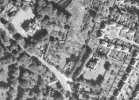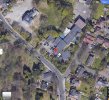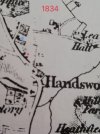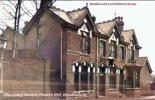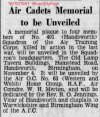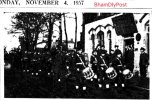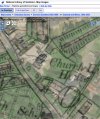I’ve been searching for information about the Lamp Tavern and associated buildings to see if these had any connection to Church Hill House/Endwood. The Lamp is so close to Church Hill/Endwood, I thought there was a possibility of it having some connection.
I came across this. It’s a newspaper report of an exhibition by the Handsworth Historical Society at the lodge of the Endwood suggesting there was once a lodge for Church Hill/Endwood House next to the Lamp Tavern. I’ve tried to find references to the lodge but this is the only one so far. Do any maps suggest a lodge at that location ? Are there any references in directories ?
Viv.

Source: British Newspaper Archive
I came across this. It’s a newspaper report of an exhibition by the Handsworth Historical Society at the lodge of the Endwood suggesting there was once a lodge for Church Hill/Endwood House next to the Lamp Tavern. I’ve tried to find references to the lodge but this is the only one so far. Do any maps suggest a lodge at that location ? Are there any references in directories ?
Viv.

Source: British Newspaper Archive
Last edited:

